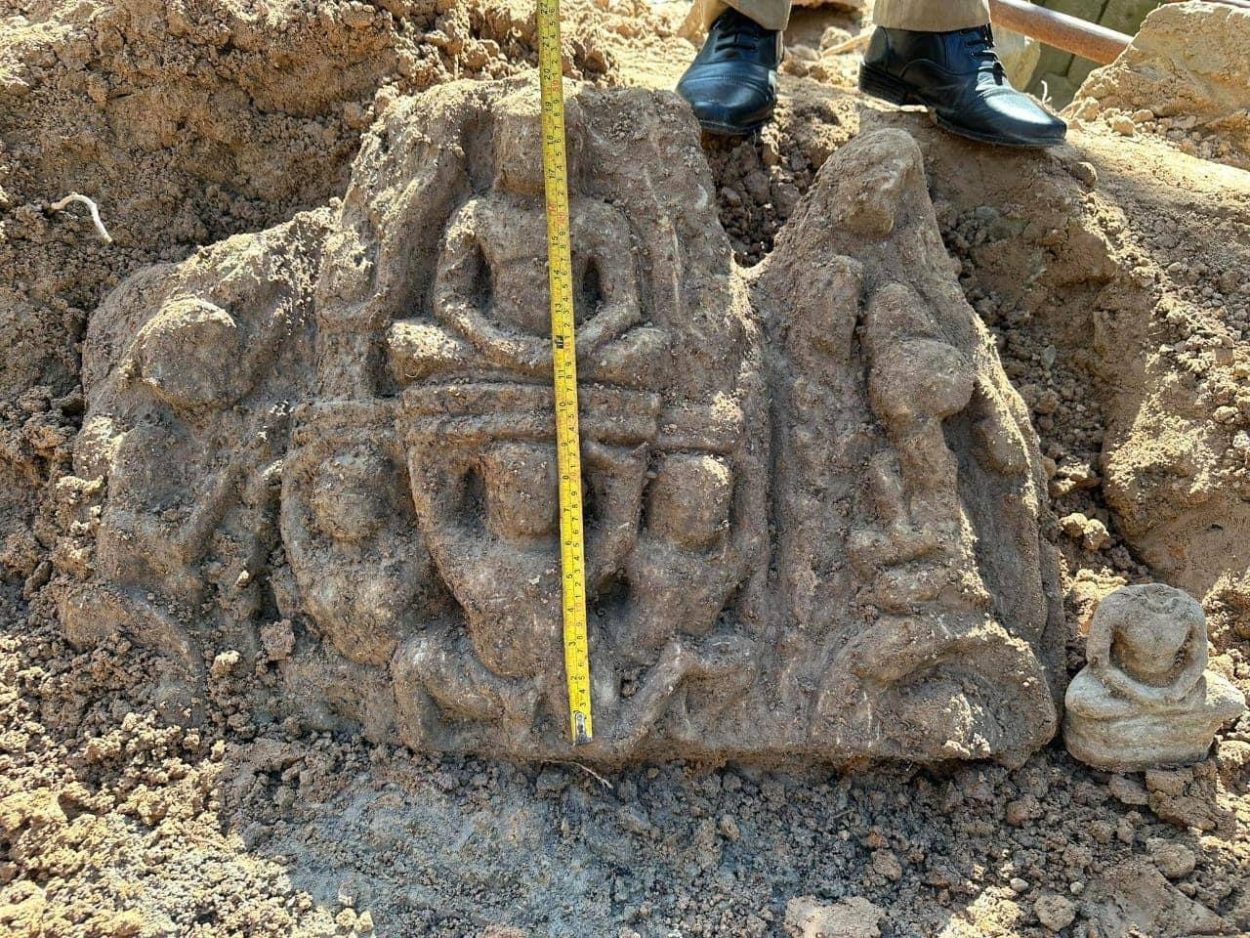According to a press announcement by the APSARA National Authority, archaeologists have discovered six sandstone statues during restoration works at the Ta Prohm temple complex in Cambodia’s Angkor Archaeological Park.
Ta Prohm, also called Rajavihara, is a temple founded by Jayavarman VII, the first king devoted to Buddhism within the Khmer Empire.
During his 37-year reign, Jayavarman initiated an extensive construction program that encompassed public infrastructure as well as the creation of monuments.
Jayavarman commissioned the construction of Ta Prohm in the late 12th and early 13th century AD as a Mahayana Buddhist monastery in the plan of a typical “flat” Khmer temple, as opposed to a temple-pyramid or temple-mountain.

Following the collapse of the Khmer Empire around the 15th century AD, the temple was abandoned and reclaimed by nature. In 2000, portions of the “Lara Croft: Tomb Raider” 2001 movie were filmed on location at Ta Prohm.
Recent restoration works of the temple have led to the discovery of six sandstone statues under a platform at Ta Prohm’s south gateway.
Neth Simon, from the Department of Preservation of Temples and Archaeology of the APSARA Authority, said: “The statues were found buried under the rubble of the southern gate of Ta Prohm.”
Two of the statues depiect Buddha sheltered by a naga (serpent), while one statue features Avalokitesvara (a bodhisattva known as “the lord who looks down” and “Lord of the World”). Additionally, two damaged statues were discovered, along with an architectural pediment adorned with carvings of Buddha.
Header Image Credit : APSARA National Authority





